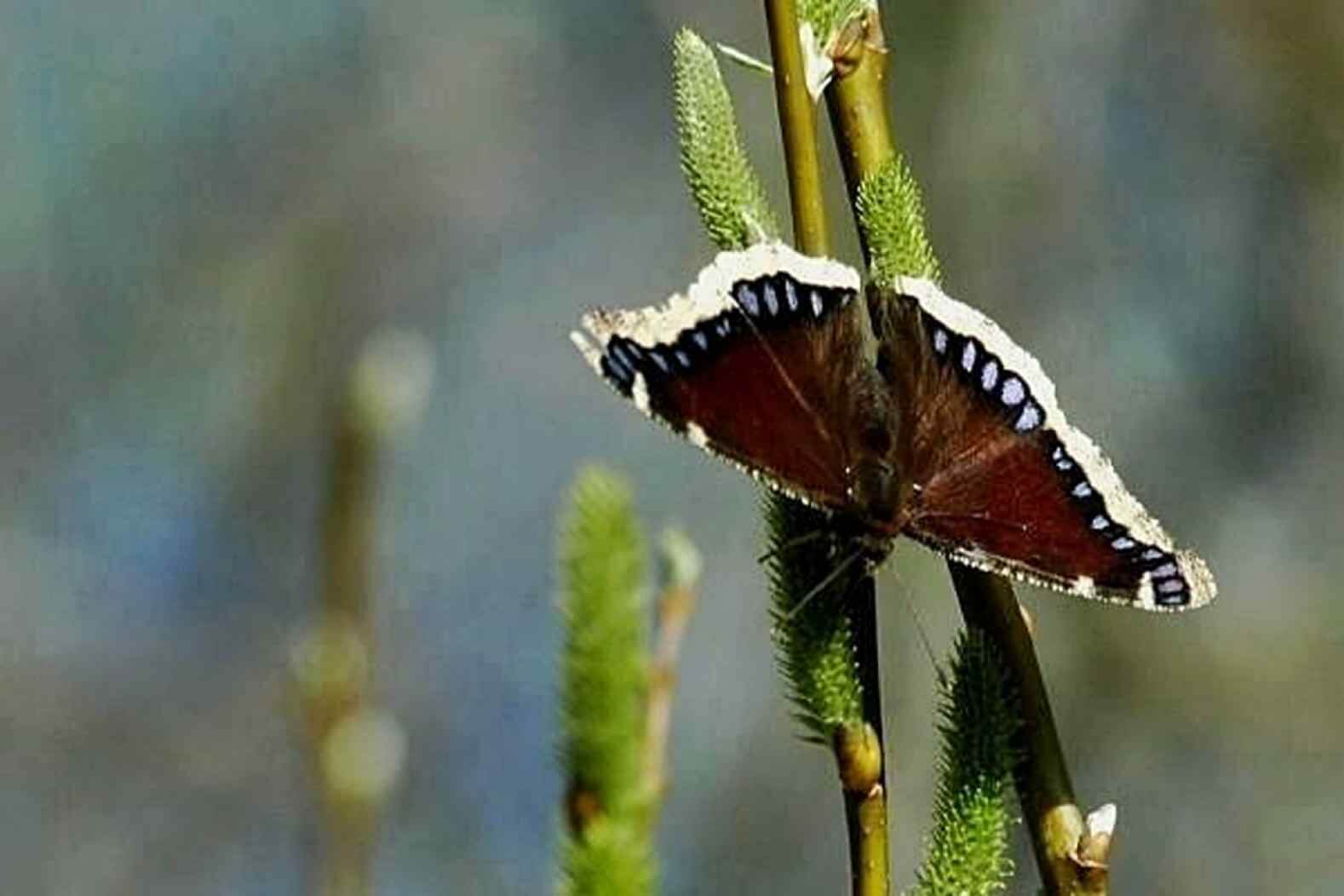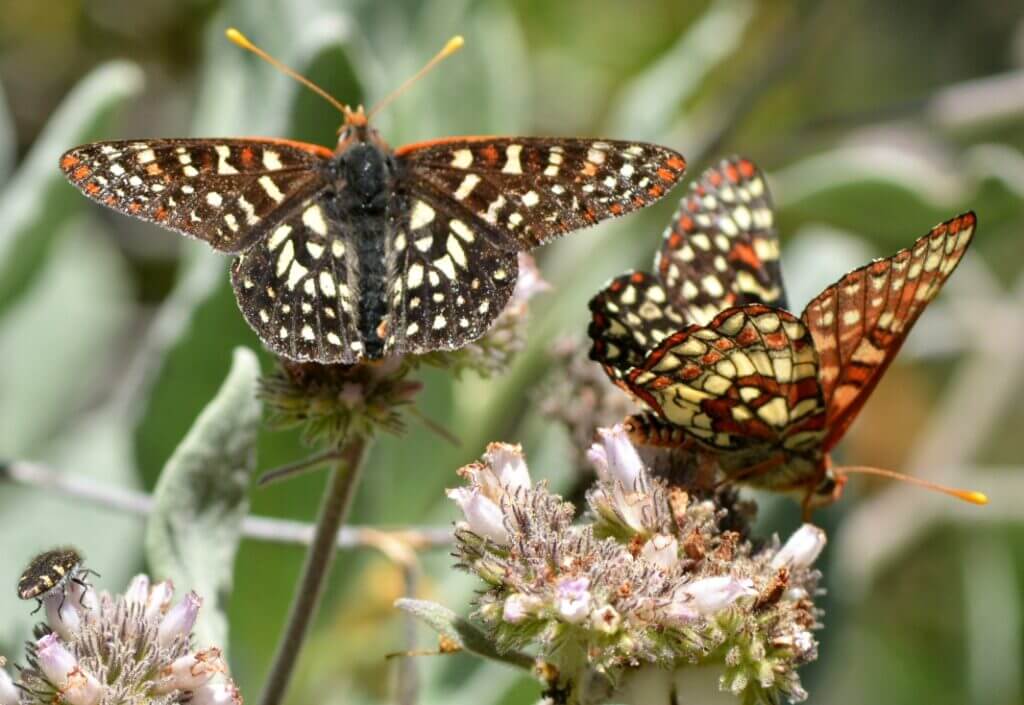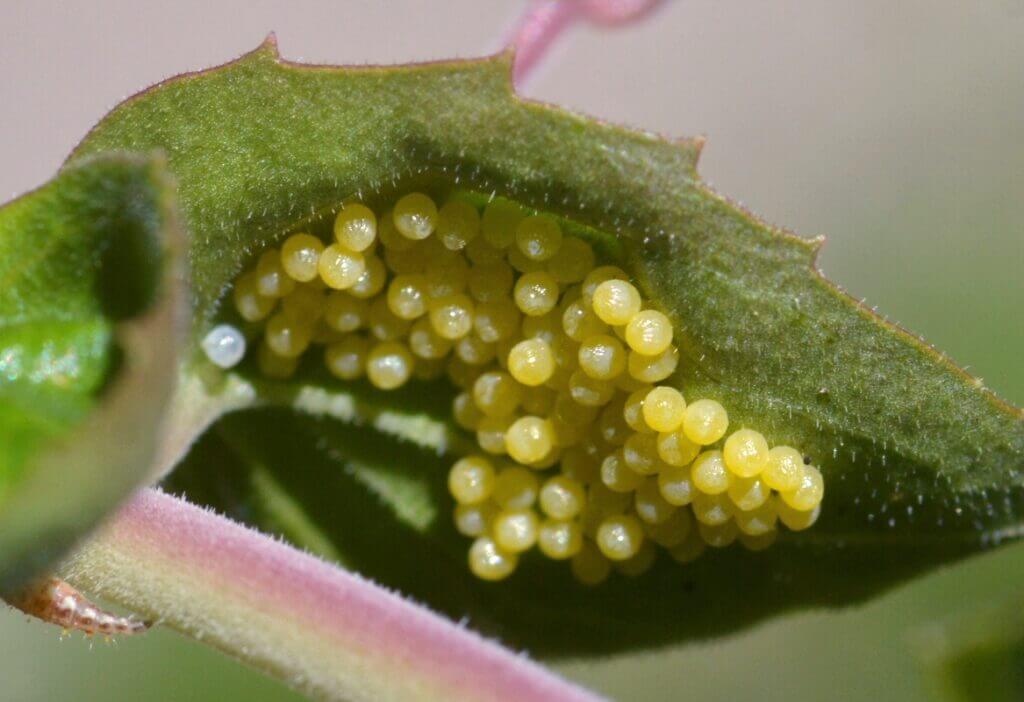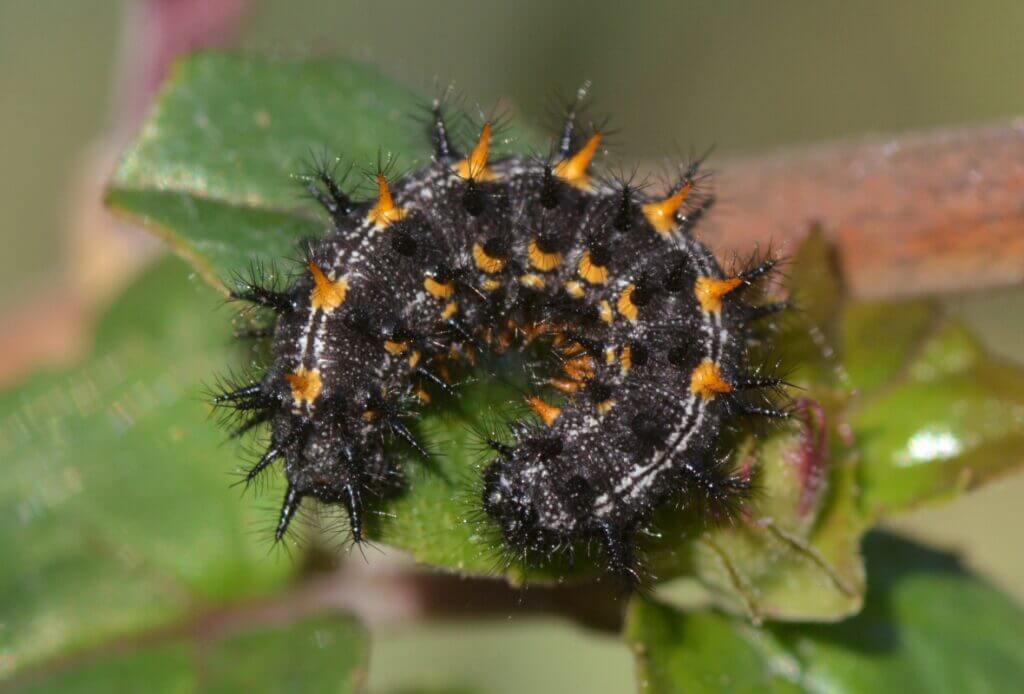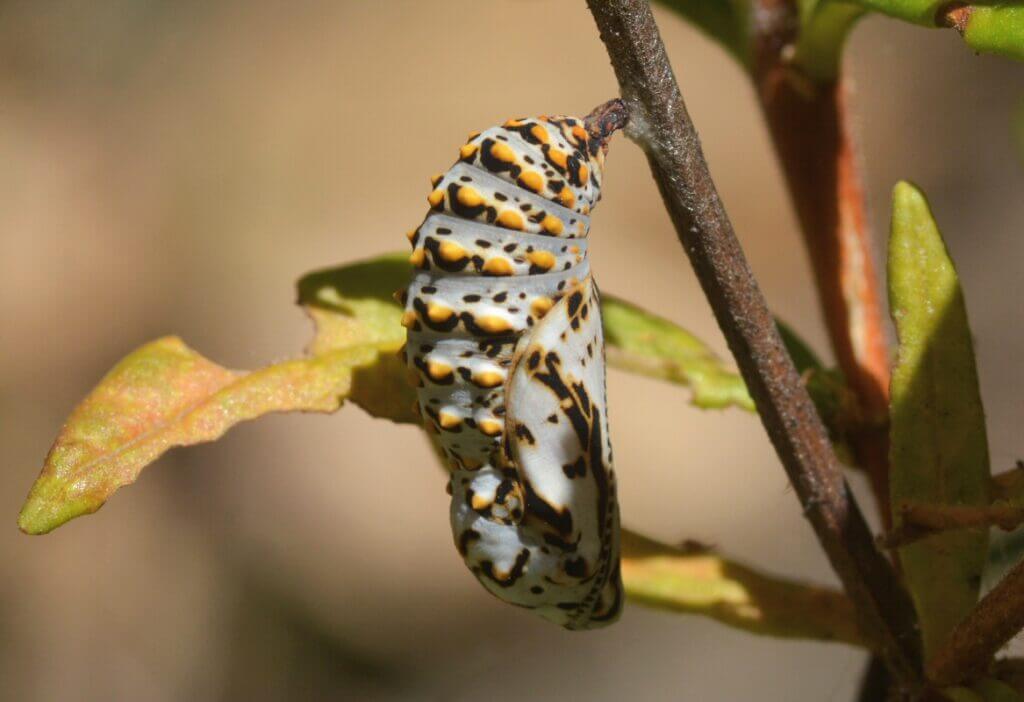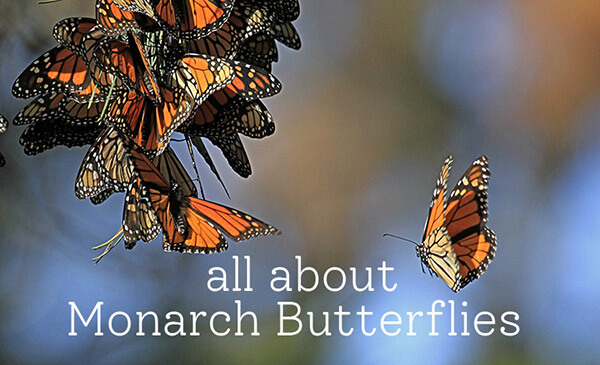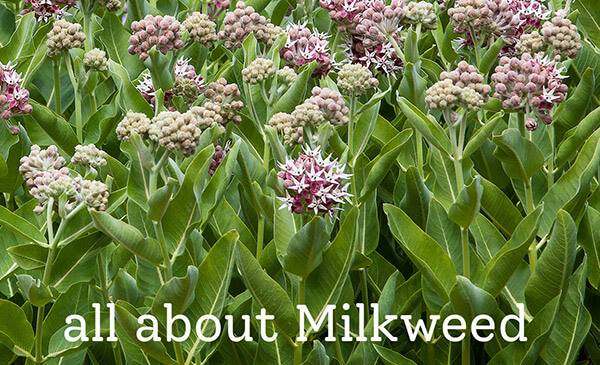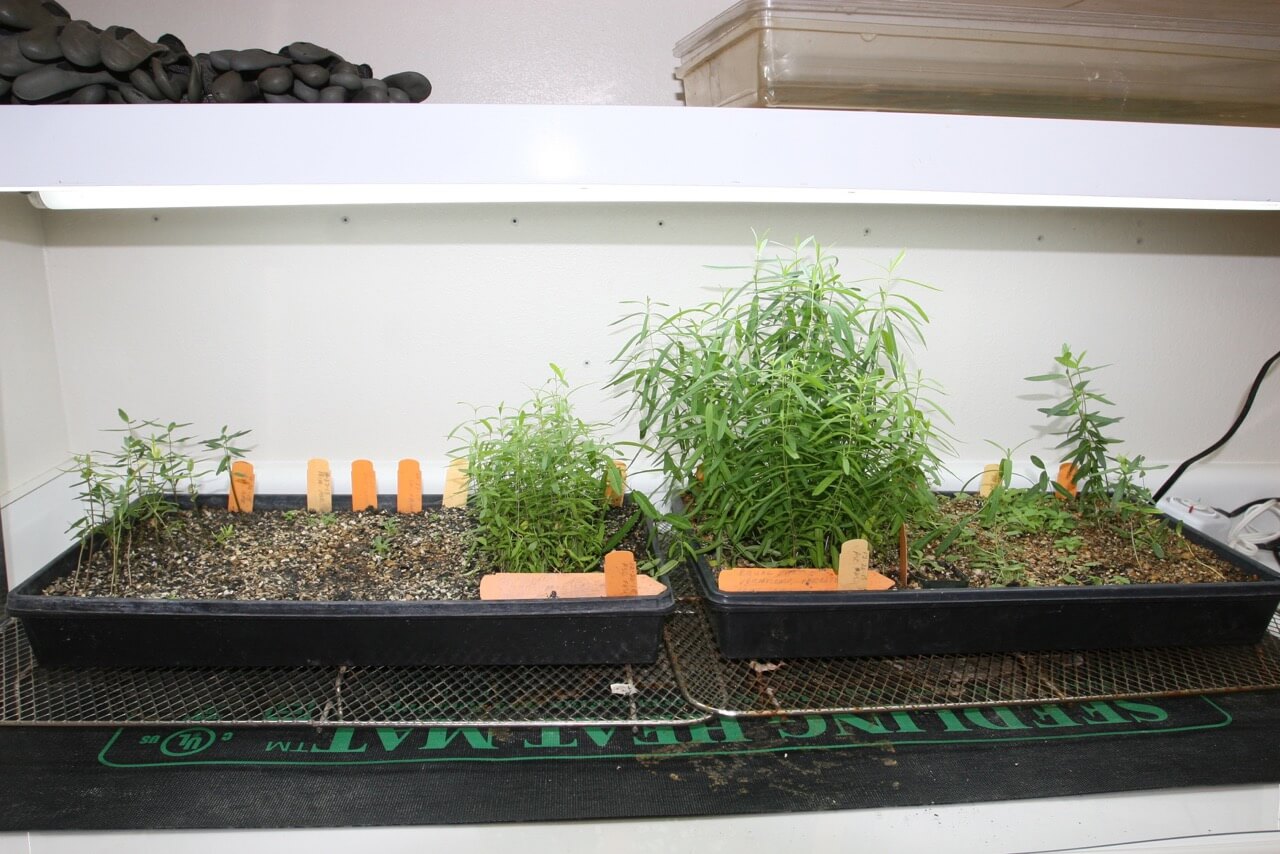
Gardening for Butterflies
The lovely winged jewels we call butterflies are the pioneering and reproductive life stage of an insect that goes through 3 other distinct stages: eggs, larvae (caterpillars), and pupae (chrysalids). The adult stage, the butterfly, is technically called the imago. About eighty percent of all insects are holometabolus, which is a way of partitioning resources, so that each life stage does not compete with any other. Your habitat garden needs to provide for the needs of every life stage in order for there to be butterflies.
The purpose of a butterfly’s often short life “on the wing” is simply to find a mate and the host plant on which to lay the eggs of the next generation. They will be looking for the plant that their hatched larvae will eat; many butterfly species are extremely choosy about what plant that is. The adult butterfly will need nectar for energy as she hunts for her special host plant. If you are interested in attracting a specific type of butterfly, check the handout at right, Butterfly Larval Host Plants, to learn some of the appropriate plants.
To get a good indication of which butterfly species are already present in the general area of your garden, start with specimens of flowering plants that are noted as really good nectar sources, and then observe the butterflies that come into your garden to feed. Buddleias, verbenas, and lantana, though not native, bloom for a long period of time and are loved by butterflies. Flowers in the composite family (aster, sunflower, or daisy), offer a landing pad when fully opened, which is important for the larger butterflies like the Monarchs. Flowers in the composite family are composed of hundreds of individual disc flowers, and petal flowers, and each of these tiny flowers provides nectar and pollen, thus providing a lot of food energy in one place! If you can, allow “managed” populations of weeds such as Italian thistle, English plantain, and cudweeds, which are favored larval host plants of some beautiful butterfly species.
Butterflies are not important pollinators of plants, but their beauty certainly adds to the charm of any garden!

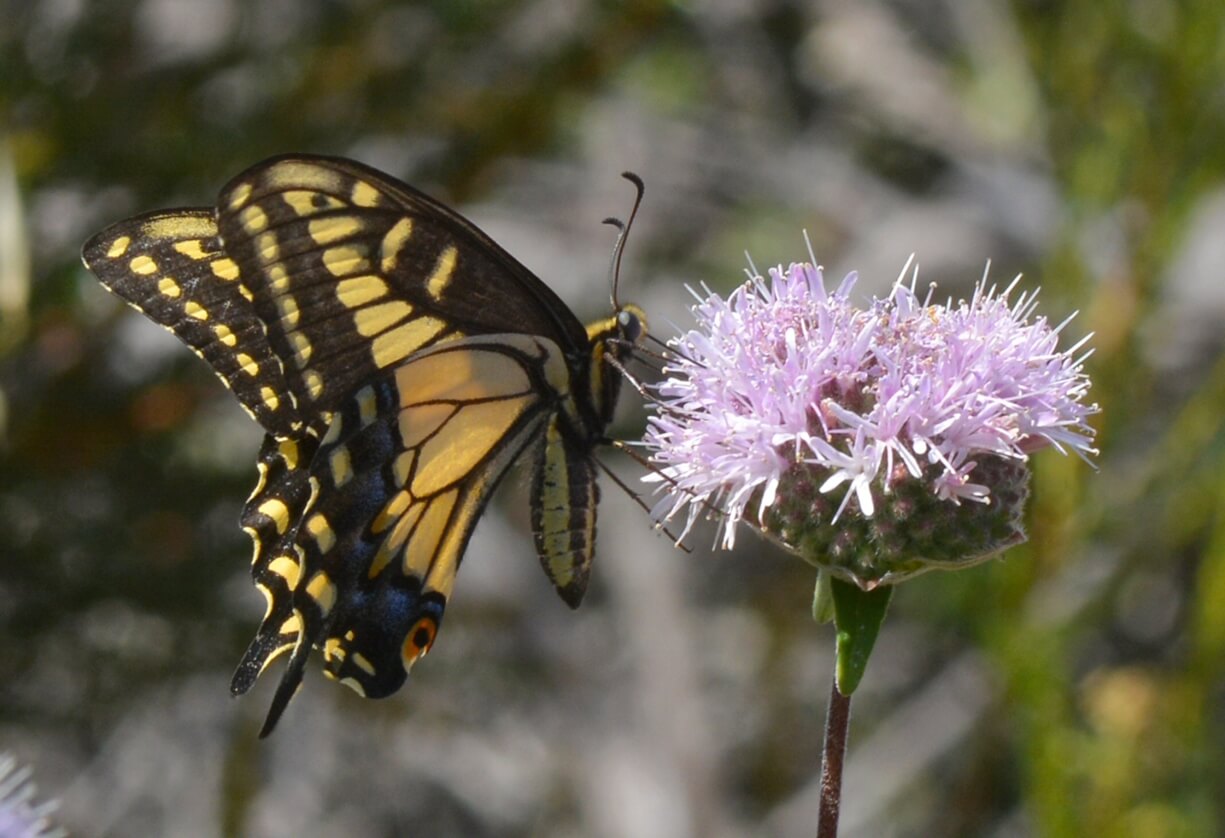
Useful Nonnative Weeds
I’d bet that we’re all pretty happy that the rainy season is over and cherishing the beautiful sunny days. With a good layer of mulch to help retain moisture in the soil, plus the warm days, plants are now putting on growth that can almost be measured day by day! Over...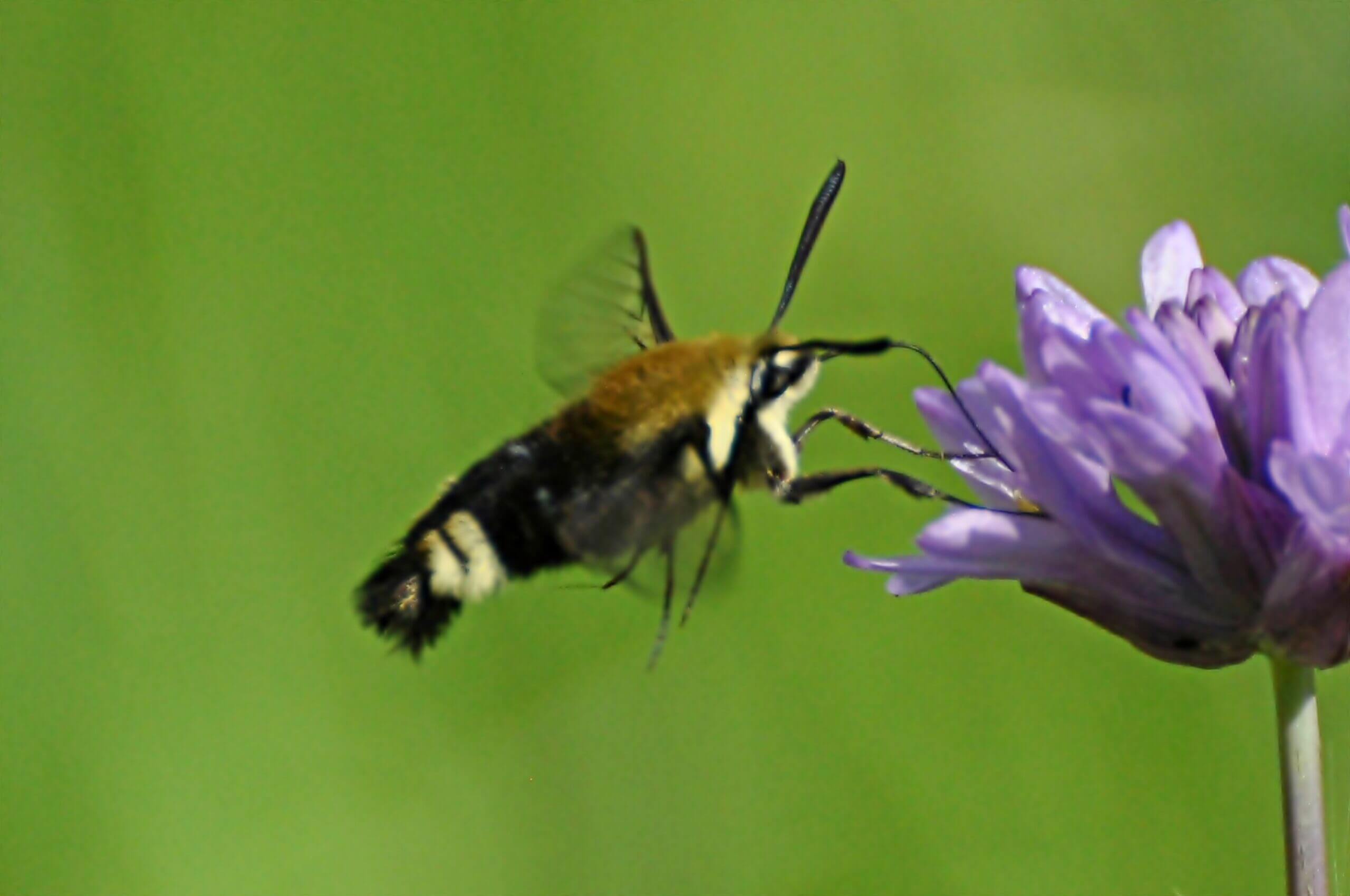
Snowberries and A Bumblebee Mimic
I’m experiencing a love-hate relationship with the rains as they continue, with so few dry days in between for the outdoor activities that are such a big part of my life. I’ve measured more than 30 inches here on our Novato hillside since January first! ...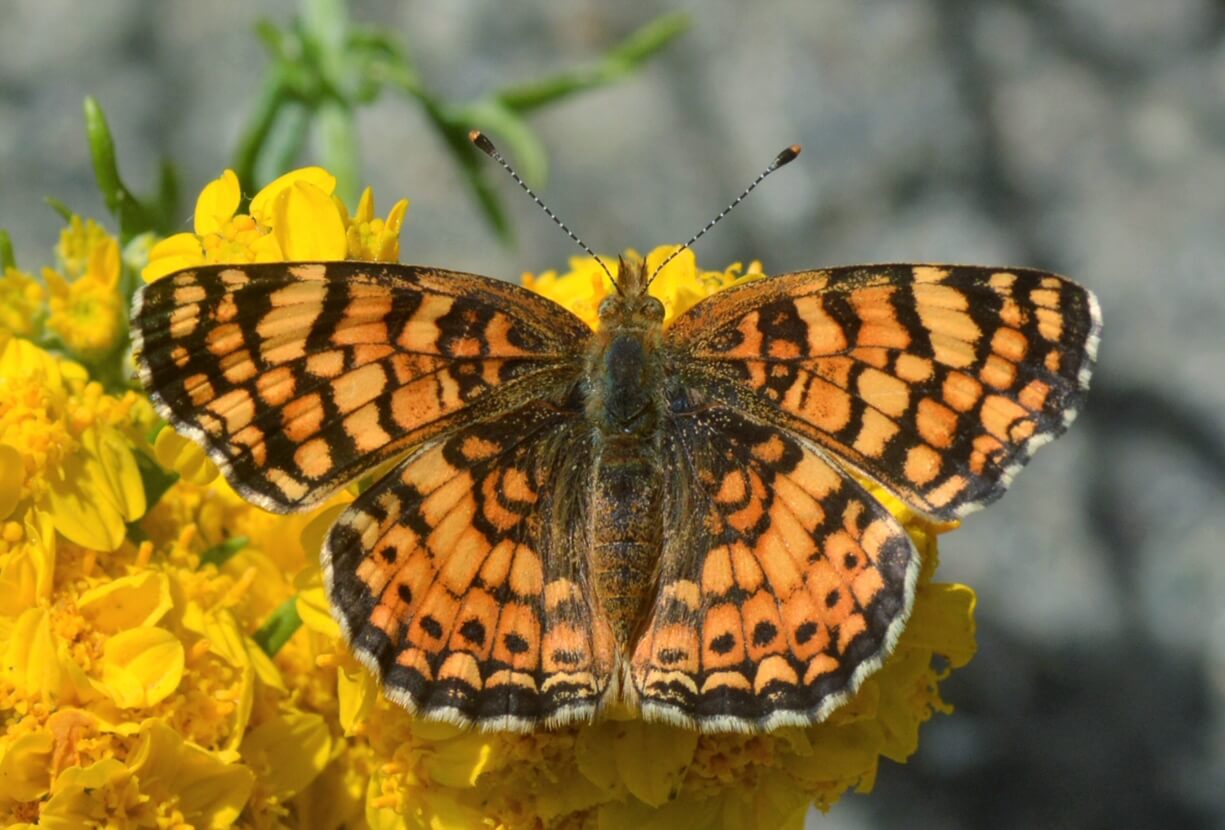
Making Space for Weeds
The Flickers have now left my oak woodlands and moved to higher elevations in the Coast Ranges; I’ll look forward to seeing them again when we’re camping in the forests this summer. Meanwhile, the Tree Swallows are here already and I’m waiting to hear the first calls...